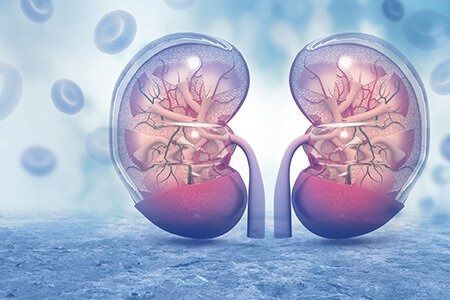Introduction
Kidney dialysis is a life-sustaining treatment that performs the functions of healthy kidneys when they no longer can. This occurs when the kidneys are functioning at less than 10% of their normal capacity, a condition known as end-stage renal disease (ESRD) or kidney failure. Dialysis filters and purifies the blood, removing waste products and excess fluids that would normally be eliminated through urine.

The kidneys play a vital role in maintaining overall health. They filter waste products from the blood, regulate blood pressure, produce red blood cells, and control electrolyte levels. When kidneys fail, dialysis becomes essential to maintain life. This article aims to provide a comprehensive overview of kidney dialysis, including its types, procedures, benefits, and potential risks.
Types of Kidney Dialysis
There are two primary types of dialysis:
1. Hemodialysis: This is the most common type of dialysis. It involves using a machine to filter and purify the blood outside the body. During hemodialysis, blood is drawn from the body through a specially created access point, typically in the arm. The blood circulates through a dialyzer, also known as an artificial kidney, where waste products and excess fluids are filtered out. The cleansed blood is then returned to the body.
2. Peritoneal Dialysis: This type of dialysis utilizes the lining of the abdomen (peritoneum) as a natural filter. During peritoneal dialysis, a sterile cleansing solution called dialysate is infused into the abdominal cavity through a surgically implanted catheter. The dialysate absorbs waste products and excess fluids from the blood vessels in the peritoneum. After a dwell time, the used dialysate is drained and replaced with fresh solution.
The Dialysis Procedure
The frequency and duration of dialysis treatments vary depending on individual needs and the type of dialysis prescribed. Hemodialysis is typically performed three times a week at a dialysis center, with each session lasting 3-5 hours. Peritoneal dialysis can be performed at home, usually overnight or several times a day.
Benefits and Risks of Dialysis
Dialysis offers numerous benefits for individuals with kidney failure, including:
- Removal of waste products and toxins from the blood: This helps prevent the buildup of harmful substances that can damage the body.
- Regulation of blood pressure and electrolyte levels: Dialysis helps control blood pressure and maintain the balance of electrolytes, such as potassium and sodium.
- Improved quality of life: Dialysis allows individuals with kidney failure to live longer and enjoy a better quality of life.
However, dialysis is also associated with potential risks and complications, such as:
- Infection: Infection at the access site is a potential risk, especially with hemodialysis.
- Low blood pressure: Rapid fluid removal during dialysis can lead to a drop in blood pressure.
- Amyloidosis: Long-term dialysis can cause the buildup of a protein called amyloid in the body.
- Lifestyle restrictions: Dialysis requires significant adjustments to one's lifestyle, including dietary restrictions and frequent treatments.
Conclusion
Kidney dialysis is a vital treatment that sustains life for individuals with kidney failure. It effectively removes waste products, regulates blood pressure, and improves overall well-being. However, it's essential to acknowledge both the benefits and potential risks associated with dialysis. If you or a loved one are facing kidney failure, consult with a healthcare professional to determine the most suitable dialysis option and develop a comprehensive treatment plan.





